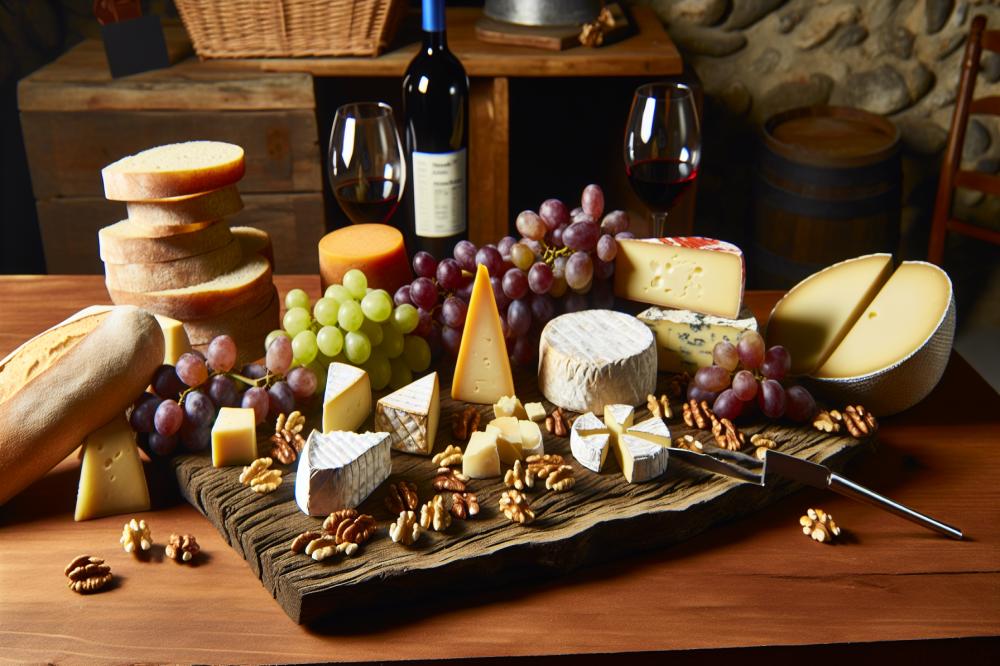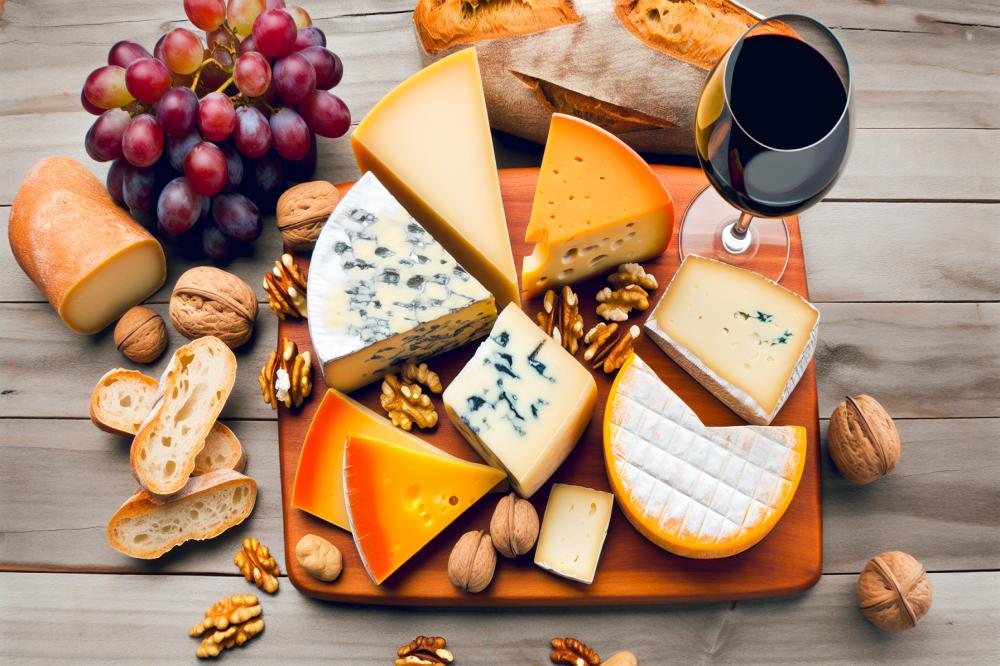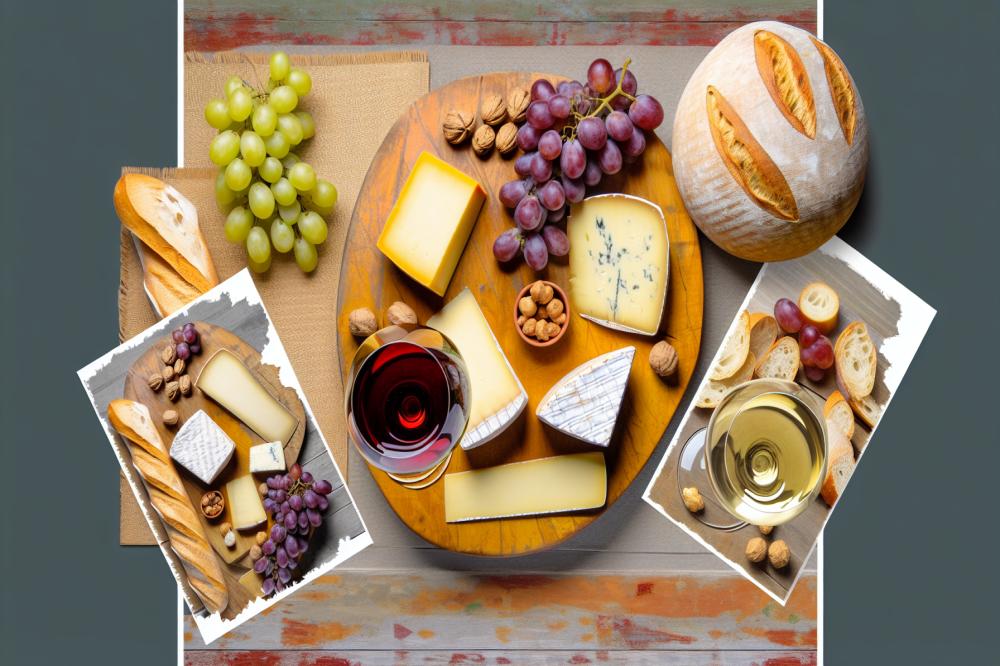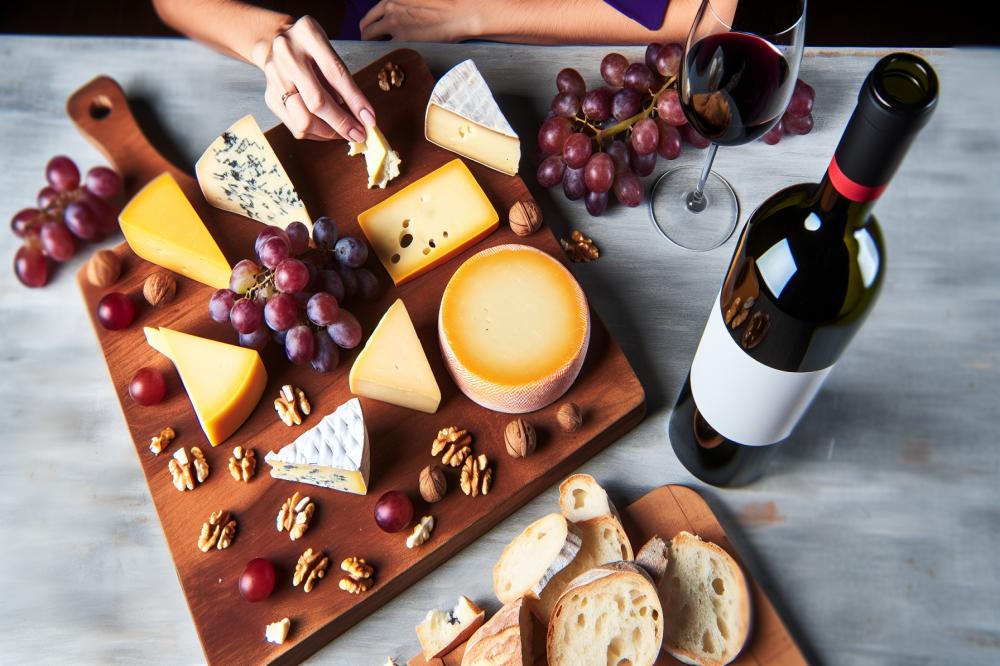Pairing Spanish cheeses with Local Wines and Sherries
Spain boasts a rich tapestry of cheeses, encompassing a broad spectrum of flavors and textures. Each region produces its own specialties, reflecting local traditions and ingredients. From the sharp and crumbly Manchego of La Mancha to the creamy and tangy Idiazabal from the Basque Country, every bite tells a story. This diversity makes Spanish cheeses not only a staple in culinary culture but also an integral part of local gatherings and festivities.
Understanding the significance of these cheeses is crucial. They play an essential role in Spain’s gastronomy, often enjoyed with family and friends. Nothing beats sharing a platter filled with various selections, accompanied by lively conversations and laughter. It’s about more than just food; it’s about connection and heritage.
Pairing these delightful cheeses with Local Wines and Sherries elevates the tasting experience. The right wine brings out the distinct qualities of each cheese. For example, a robust red can complement a sharp cheese, while a delicate white might enhance a creamy selection. These combinations create harmony, balancing flavors and textures.
The tradition of enjoying food and drink together is deeply rooted in Spanish culture. By Pairing Spanish cheeses with local beverages, one can explore a new world of tastes. This exploration is about curiosity and enjoyment. So, whether you are hosting a dinner party or preparing a simple meal, consider making thoughtful Pairings. Taste the difference that a perfect match can bring.
Spanish Cheeses

Spain is home to a diverse range of cheeses, each with its own stories and flavors. Manchego stands out as one of the most famous varieties. Originating from the La Mancha region, this sheep’s milk cheese is aged for several months. Its firm texture and nutty, slightly tangy taste make it a favorite among cheese lovers.
Cabrales is quite different. Hailing from Asturias, this blue cheese is made from cow, sheep, and goat milk. It is strong and bold, often described as having a rich, robust flavor. This cheese matures in caves, allowing it to develop its characteristic blue veins and pungent aroma. A real treat for those who enjoy daring flavors.
Another notable cheese is Idiazabal. Found in the Basque Country, Idiazabal is typically made from raw sheep’s milk. This cheese is usually smoked, giving it a deep, complex flavor. It is semi-hard with a slightly oily texture, making it distinct from other types.
Exploring Cheese Regions
Through the diverse regions of Spain, the methods for creating cheese vary significantly. The La Mancha region not only produces Manchego but also celebrates the unique grazing lands that contribute to the flavor of the milk. Grass and wild herbs play a vital role in how it tastes, blending with the influence of local traditions.
Asturias, known for Cabrales, has a cool, humid climate ideal for blue cheese production. The area’s caves create an environment where cheeses can mature naturally. This region emphasizes artisanal techniques, ensuring every wheel of Cabrales carries the essence of the land.
Basque cheesemakers focus on Idiazabal’s strong identity. Many use traditional shepherding ways passed down through generations, which dictate how the milk is processed. This careful attention to detail reveals the distinct character of each cheese made here.
Regional differences play a crucial role in cheese production across Spain. The variations in milk source, climate, and production methods lead to distinct taste experiences. Consumers can discover the rich flavors and backgrounds that make each cheese special.
Local Wines

Spain is home to many regions famous for their local wines. Each area offers something special. The diversity of grape varieties plays a big role in this. For instance, the Rioja region is known for its Tempranillo grapes. Robust flavors and fruity notes characterize these wines. Aged reds often feature hints of vanilla and cherry.
Moving to the Rías Baixas region, Albariño grapes shine. This white wine is crisp and refreshing. Floral aromas mixed with citrus notes make it lovely. Pairing Albariño with soft cheeses can elevate the experience. A creamy queso fresco complements the wine’s acidity well.
Across the country, we find the Priorat region. There, Garnacha and Cariñena grapes thrive. Wines from Priorat tend to be rich and powerful. Dark berries dominate the palate, creating a deep taste. Try these wines with aged Manchego cheese. The nuttiness of the cheese balances the wine’s intensity beautifully.
Furthermore, the southwest is home to Jerez. This city is known for its sherry, made primarily from Palomino grapes. Sherries range from dry to sweet, each offering unique tasting notes. Fino, a dry style, has a briny character, which pairs wonderfully with salty cheeses like Cabrales.
In the heart of Spain, the La Mancha region produces terrific wines from Airén and Tempranillo. These reds can display a variety of fruit flavors, from plums to mulberries. Pairing a La Mancha Tempranillo with a smoked cheese like Mahón brings out the wine’s richness.
There are endless combinations to explore. Every regional wine offers a different aspect to cheese pairings. Understanding these local wines enriches the tasting journey. These selections can enhance any cheese experience, making it memorable.
Recipe: Spanish Cheese Platter with Wine Selection

Creating a delightful cheese platter is simple and enjoyable. This selection combines rich flavors and textures, making it perfect for gatherings or quiet evenings.
Ingredients:
- 100g Manchego cheese
- 100g Cabrales cheese
- 100g Idiazabal cheese
- 1 bunch of grapes
- 1 baguette or artisan bread
- Assorted nuts
- 1 bottle of local red wine (e.g., Rioja) or white wine (e.g., Albariño)
Instructions:
- Fine cheeses should be artfully displayed on a wooden cheese board. Each piece contributes to the overall aesthetic.
- Include a cluster of fresh grapes. Their sweetness complements the rich and bold flavors of the cheeses.
- Sprinkle a handful of assorted nuts around the platter. They add texture and a nutty flavor.
- Slice the baguette or chosen artisan bread. Arrange the slices next to the cheeses for easy access.
- Pour the selected local wine into glasses. This step elevates the tasting experience.
- Serve the platter to guests. Encourage them to mix and match flavors for a delightful experience.
Nutritional Information (per serving):
- Calories: 400
- Protein: 25g
- Fat: 30g
- Carbohydrates: 20g
Health Benefits:
This platter offers a variety of health benefits. Cheeses provide calcium and protein, essential for bone health. Wine introduces heart-healthy antioxidants. Nuts offer healthy fats, while grapes add hydration and vitamins. Together, they create a well-rounded snack.
Embracing the Richness of Spanish Culinary Traditions

The vibrant world of Spanish cheeses paired with local wines creates a delightful culinary experience. Each cheese variety brings out unique flavors when matched with the right wine or sherry. Such combinations highlight regional cultures and traditions, giving us a taste of Spain’s diverse history.
Exploration is key. Pairing different cheeses with various wines can lead to surprising discoveries. Whether you’re a seasoned enthusiast or a novice, there’s always more to learn. This journey through flavors showcases the creativity found in Spanish kitchens. The subtle notes of Manchego can shine when enjoyed with a refreshing white wine from Rueda.
Encouraging others to delve into these pairings is crucial. A simple gathering with friends can transform into a culinary adventure. Sharing experiences enhances the enjoyment of these flavors. Have you tried a robust red from Rioja with a creamy Cabrales? It’s these moments that enrich our knowledge and appreciation.
The beauty of Spanish cuisine lies in its variety. Take the time to explore local specialties. Each pairing offers a glimpse into the region’s identity. You’ll discover how tradition and taste intertwine, creating a profound connection between food and culture. Embrace the chance to share your experiences and inspire others to appreciate this rich culinary tradition.



